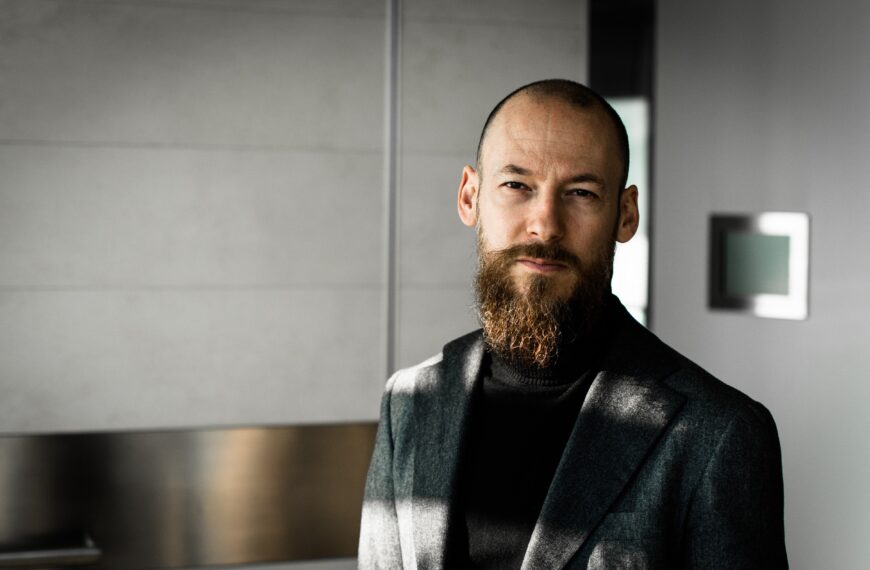Minoxidil: A Comprehensive Guide to Hair Loss Treatment

If you’re dealing with hair loss and looking for an effective solution, you might want to give minoxidil a try. Minoxidil is an easy-to-get medicine that can help with hair loss, also called androgenetic alopecia. You can use this medicine as a liquid or foam that you apply straight to your scalp. In this article, we’ll go over how minoxidil works, how well it works, what benefits you can expect, and any downsides to keep in mind.
What is Minoxidil and How Does it Work?
Minoxidil is a medication that contains a chemical compound of the same name as its active ingredient. This compound works by dilating blood vessels and increasing blood flow, which is why it was originally developed as a treatment for high blood pressure. However, during clinical trials of minoxidil for blood pressure, researchers discovered an unexpected side effect: some patients experienced hair growth as a result of taking the medication.
Further research into this side effect led to the development of minoxidil as a treatment for hair loss, particularly androgenetic alopecia (male or female pattern baldness). Minoxidil is available in various forms, including a topical solution or foam that is applied directly to the scalp. It is believed to work by widening the blood vessels in the scalp, thereby increasing blood flow to hair follicles and promoting hair growth. However, the exact mechanism by which minoxidil stimulates hair growth is not yet fully understood. Minoxidil is easy to use and can be applied at home. It is also available without a prescription, making it an affordable option for many individuals

Efficiency and Benefits of Minoxidil
Research has shown that minoxidil is an effective treatment for hair loss. In fact, according to the American Academy of Dermatology, minoxidil is the only FDA-approved over-the-counter medication for hair loss treatment. Studies have found that minoxidil can increase hair growth and thickness in up to 60% of users.
Minoxidil works best for individuals who have just started experiencing hair loss or have thinning hair. It is most effective in individuals with early stages of androgenetic alopecia, typically classified as stages I to III on the Norwood-Hamilton Scale for men and the Ludwig Scale for women. In these stages, there is still some active hair growth occurring in the affected areas, and minoxidil can help to revitalize and strengthen the existing hair. In advanced stages of androgenetic alopecia, where there is significant hair loss or baldness, minoxidil may still be somewhat effective, but its ability to regrow hair may be limited. In these cases, hair transplant surgery or other treatments may be more appropriate.
Limitations of Minoxidil
One of the main limitations of minoxidil is that it must be used consistently to maintain hair growth. If you stop using minoxidil, hair loss will resume within a few months. This means that you will need to use minoxidil for the long term in order to see continued benefits.
Another limitation of minoxidil is that it does not work for everyone. Some individuals may not see any improvement in their hair loss with the use of minoxidil. This may be due to a variety of factors, including the severity of their hair loss, the cause of their hair loss, or individual differences in how the medication is absorbed and processed by their body.
In addition to its limitations, minoxidil can also have some side effects. The most common side effects of minoxidil are scalp irritation, dryness, and itching. These side effects typically occur within the first few weeks of using the medication and usually go away once the scalp adjusts to the medication. However, in some cases, the side effects may persist or become more severe, and in rare cases, minoxidil may cause more serious side effects such as chest pain, rapid heartbeat, or difficulty breathing. If you experience any of these more serious side effects, you should seek medical attention immediately.
Should You Use Minoxidil?
While minoxidil is an effective hair loss treatment, it is not for everyone. Some individuals may not see any improvement with the use of minoxidil, and others may experience side effects. Additionally, it is important to note that minoxidil only treats the symptoms of hair loss, not the underlying cause. Therefore, it is essential to speak with a healthcare professional to determine the cause of your hair loss before starting minoxidil or any other treatment.
Conclusion
Minoxidil is a safe and effective hair loss treatment that can help promote hair growth and thickness. It is easy to use, affordable, and available without a prescription. While minoxidil is not for everyone and has some limitations, it has helped many individuals with hair loss. If you are struggling with hair loss, speak with a healthcare professional to determine if minoxidil is right for you.




